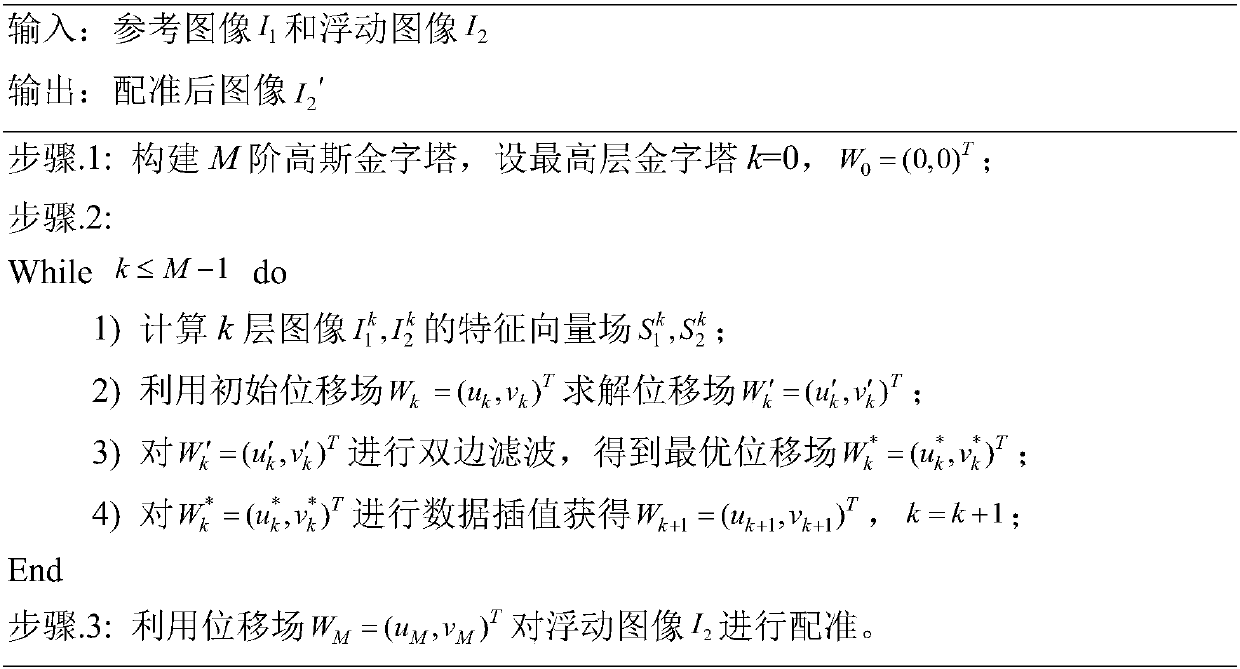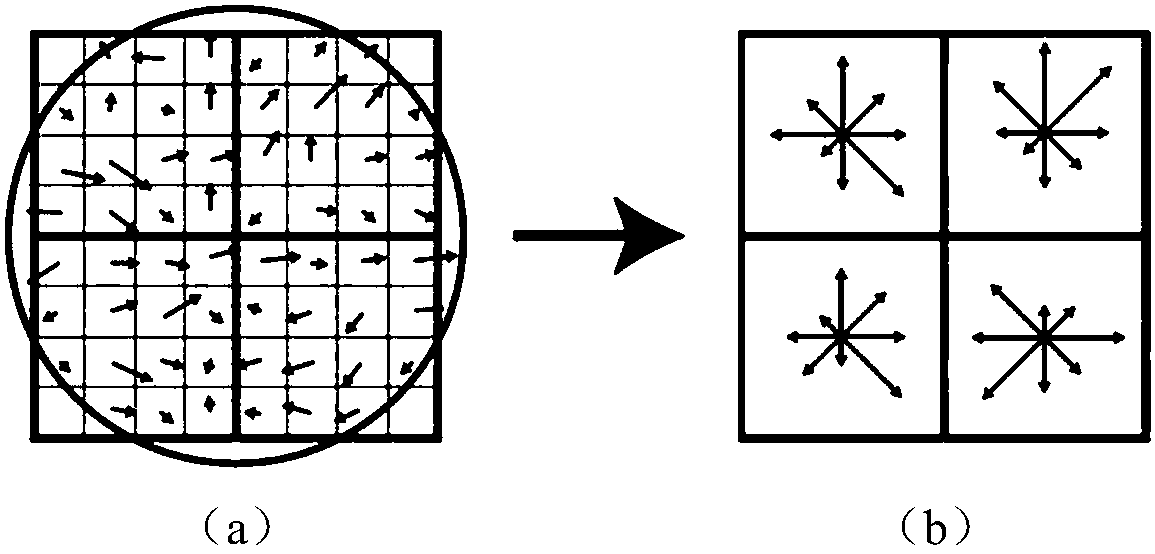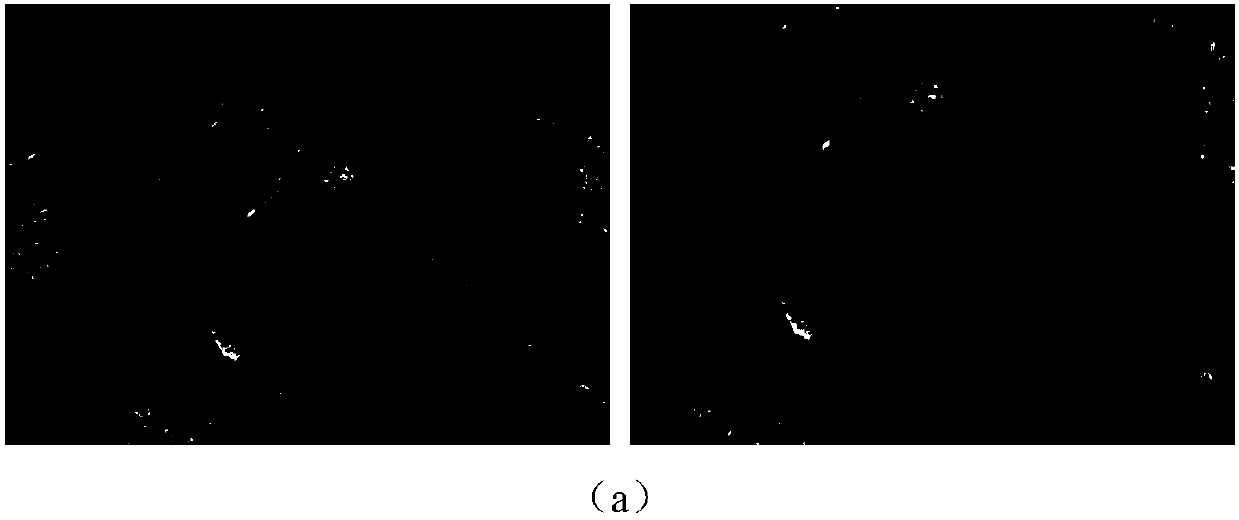Improved optical flow field model algorithm based on characteristic vector
A feature vector and model algorithm technology, applied in the field of computer vision, can solve problems such as inability to effectively register large displacement deformation, and achieve the effects of preventing over-smoothing, improving matching accuracy, and preventing cumulative transfer.
- Summary
- Abstract
- Description
- Claims
- Application Information
AI Technical Summary
Problems solved by technology
Method used
Image
Examples
Embodiment
[0059] The technical solutions of the present invention will be further described in detail below in conjunction with specific examples. The experimental results are all run on a desktop computer with Intel i5-4590 CPU, 3.3GHz, 8G memory, Windows 7 operating system, and 64-bit Matlab R2015b simulation software. The main parameters are set to α=1.2, and the number of iterations is 60 times. Figure 3-5 It is a comparison of registration experiment results between the present invention and the traditional optical flow field model algorithm.
[0060] image 3 is the schematic diagram of remote sensing image registration result and difference image, where (a) is the reference image and floating image, (b) is the registration result and difference image of H-S algorithm, (c) is the registration result of Xu algorithm and Difference image, (d) is the registration result and difference image of LDOF algorithm, (e) is the registration result and difference image of Sun algorithm, (f...
PUM
 Login to View More
Login to View More Abstract
Description
Claims
Application Information
 Login to View More
Login to View More - R&D
- Intellectual Property
- Life Sciences
- Materials
- Tech Scout
- Unparalleled Data Quality
- Higher Quality Content
- 60% Fewer Hallucinations
Browse by: Latest US Patents, China's latest patents, Technical Efficacy Thesaurus, Application Domain, Technology Topic, Popular Technical Reports.
© 2025 PatSnap. All rights reserved.Legal|Privacy policy|Modern Slavery Act Transparency Statement|Sitemap|About US| Contact US: help@patsnap.com



